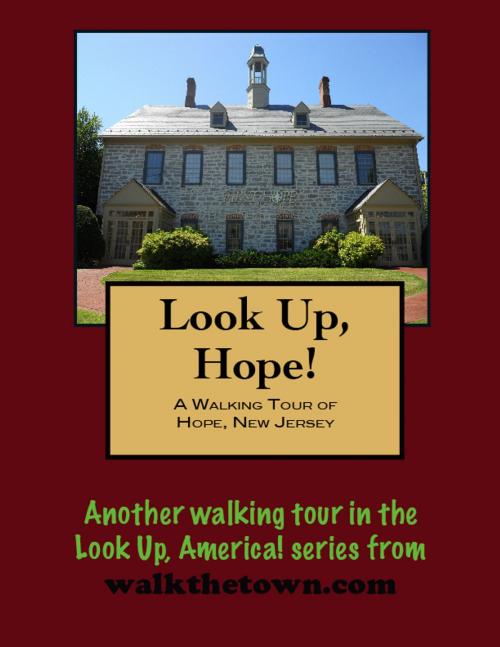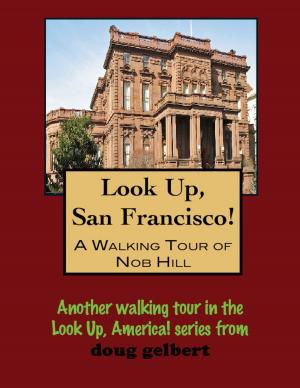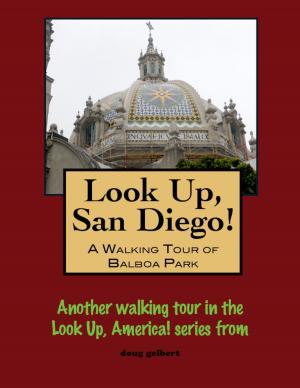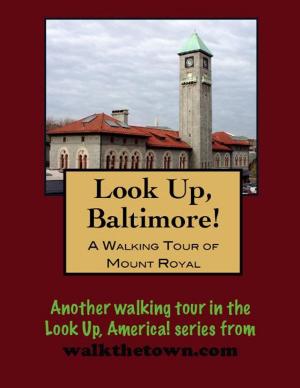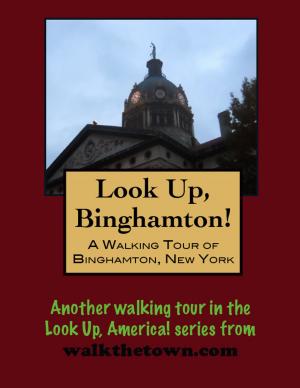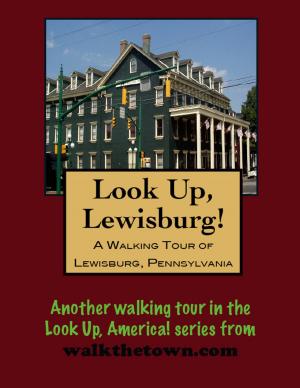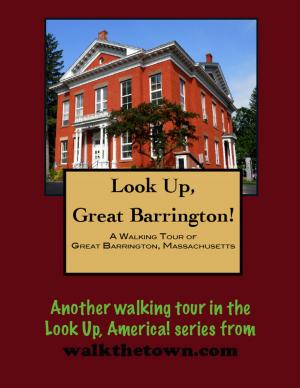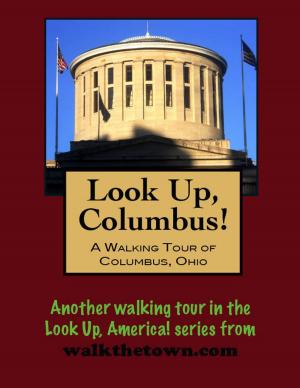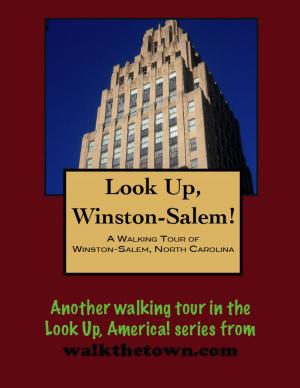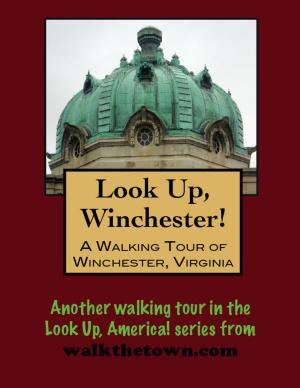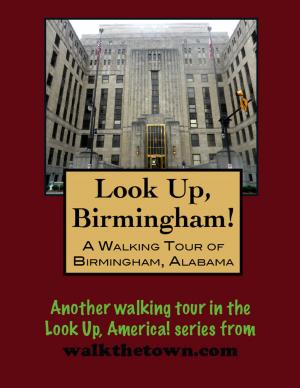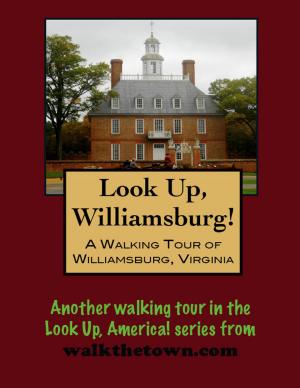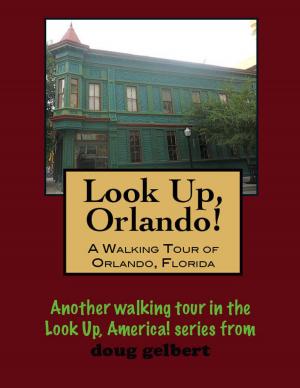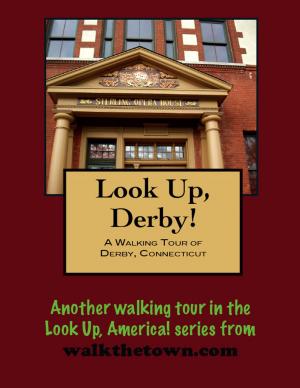| Author: | Doug Gelbert | ISBN: | 9781458151100 |
| Publisher: | Doug Gelbert | Publication: | March 3, 2011 |
| Imprint: | Smashwords Edition | Language: | English |
| Author: | Doug Gelbert |
| ISBN: | 9781458151100 |
| Publisher: | Doug Gelbert |
| Publication: | March 3, 2011 |
| Imprint: | Smashwords Edition |
| Language: | English |
There is no better way to see America than on foot. And there is no better way to appreciate what you are looking at than with a walking tour. This walking tour of Hope, New Jersey is ready to explore when you are. Each walking tour describes historical, architectural landmarks, cultural sites and ecclesiastic touchstones and provides step-by-step directions.
Every tour also includes a quick primer on identifying architectural styles seen on American streets.
In 1741 a small band of Moravian missionaries representing the Unitas Fratrum, founded in 1457 by followers of John Hus and now recognized as the oldest organized Protestant denomination in the world, walked into the wilderness and began a settlement on the banks of the Lehigh River near the Monocacy Creek in Pennsylvania. From the start it was to be a planned community in which property, privacy and personal relationships were to be subordinated to a common effort to achieve a spiritual ideal. On Christmas Eve of that first year the Moravians’ patron, Count Nicholas Ludwig von Zinzendorf of Saxony, Germany, visited the new settlement. Over dinner, the Count christened the community “Bethlehem” to commemorate his visit.
The self-sufficient community wasted no time in building industry - more than three dozen trades and mills were in operation within five years. Goods from Bethlehem were known throughout the American colonies. Soon the Moravians were exporting people as well - communities were founded in Salem, North Carolina and in New England. Samuel Green, a deputy surveyor, was the first settler in these parts back in 1738. He often entertained Moravian missionaries traveling between Bethlehem and New York and became a follower himself. In his sixties in 1868 he sold 1,000 acres of “Greensland” for 1,000 British pounds. Peter Worbass came over from Bethlehem the next year to direct the new community.
By 1775 a formal plan was devised with buildings and streets and water sources for the new village and on February 8, 1775 the name of one of America’s first planned communities was changed from Greenland to Hope by the drawing of lots. The population of the devout Moravian community reached a peak of 147 in the 1790s but the settlement, depleted by a smallpox epidemic in 1799 and plagued by financial debts allowing to the Mother Church in Germany was forced to sell off its property for $48,000 in gold. On Easter Sunday, April 17, 1808, after a final service, the remaining Moravians moved back to Bethlehem.
After the Moravians left their farming community carried on in much the same fashion and grew a bit but the railroad never came and major roads were routed in different directions. As farmers died away, there was no one to replace them. When a major fire scorched much of the village in 1918, time stopped altogether.
Moravian buildings, Germanic in origin, were sturdy structures constructed of limestone blocks and among the most impressive buildings constructed in pre-Revolutionary America. The buildings were economical as well as handsome - cut stone was used only on the cornerstones and around window and door openings. Their profiles are identifiable by steeply pitched roofs. Red brick or stone arches over windows and doors signal the Moravian hand. More than a dozen remain today and our walking tour will ferret them out, setting off from a small parking lot a few steps from the center of the village...
There is no better way to see America than on foot. And there is no better way to appreciate what you are looking at than with a walking tour. This walking tour of Hope, New Jersey is ready to explore when you are. Each walking tour describes historical, architectural landmarks, cultural sites and ecclesiastic touchstones and provides step-by-step directions.
Every tour also includes a quick primer on identifying architectural styles seen on American streets.
In 1741 a small band of Moravian missionaries representing the Unitas Fratrum, founded in 1457 by followers of John Hus and now recognized as the oldest organized Protestant denomination in the world, walked into the wilderness and began a settlement on the banks of the Lehigh River near the Monocacy Creek in Pennsylvania. From the start it was to be a planned community in which property, privacy and personal relationships were to be subordinated to a common effort to achieve a spiritual ideal. On Christmas Eve of that first year the Moravians’ patron, Count Nicholas Ludwig von Zinzendorf of Saxony, Germany, visited the new settlement. Over dinner, the Count christened the community “Bethlehem” to commemorate his visit.
The self-sufficient community wasted no time in building industry - more than three dozen trades and mills were in operation within five years. Goods from Bethlehem were known throughout the American colonies. Soon the Moravians were exporting people as well - communities were founded in Salem, North Carolina and in New England. Samuel Green, a deputy surveyor, was the first settler in these parts back in 1738. He often entertained Moravian missionaries traveling between Bethlehem and New York and became a follower himself. In his sixties in 1868 he sold 1,000 acres of “Greensland” for 1,000 British pounds. Peter Worbass came over from Bethlehem the next year to direct the new community.
By 1775 a formal plan was devised with buildings and streets and water sources for the new village and on February 8, 1775 the name of one of America’s first planned communities was changed from Greenland to Hope by the drawing of lots. The population of the devout Moravian community reached a peak of 147 in the 1790s but the settlement, depleted by a smallpox epidemic in 1799 and plagued by financial debts allowing to the Mother Church in Germany was forced to sell off its property for $48,000 in gold. On Easter Sunday, April 17, 1808, after a final service, the remaining Moravians moved back to Bethlehem.
After the Moravians left their farming community carried on in much the same fashion and grew a bit but the railroad never came and major roads were routed in different directions. As farmers died away, there was no one to replace them. When a major fire scorched much of the village in 1918, time stopped altogether.
Moravian buildings, Germanic in origin, were sturdy structures constructed of limestone blocks and among the most impressive buildings constructed in pre-Revolutionary America. The buildings were economical as well as handsome - cut stone was used only on the cornerstones and around window and door openings. Their profiles are identifiable by steeply pitched roofs. Red brick or stone arches over windows and doors signal the Moravian hand. More than a dozen remain today and our walking tour will ferret them out, setting off from a small parking lot a few steps from the center of the village...
